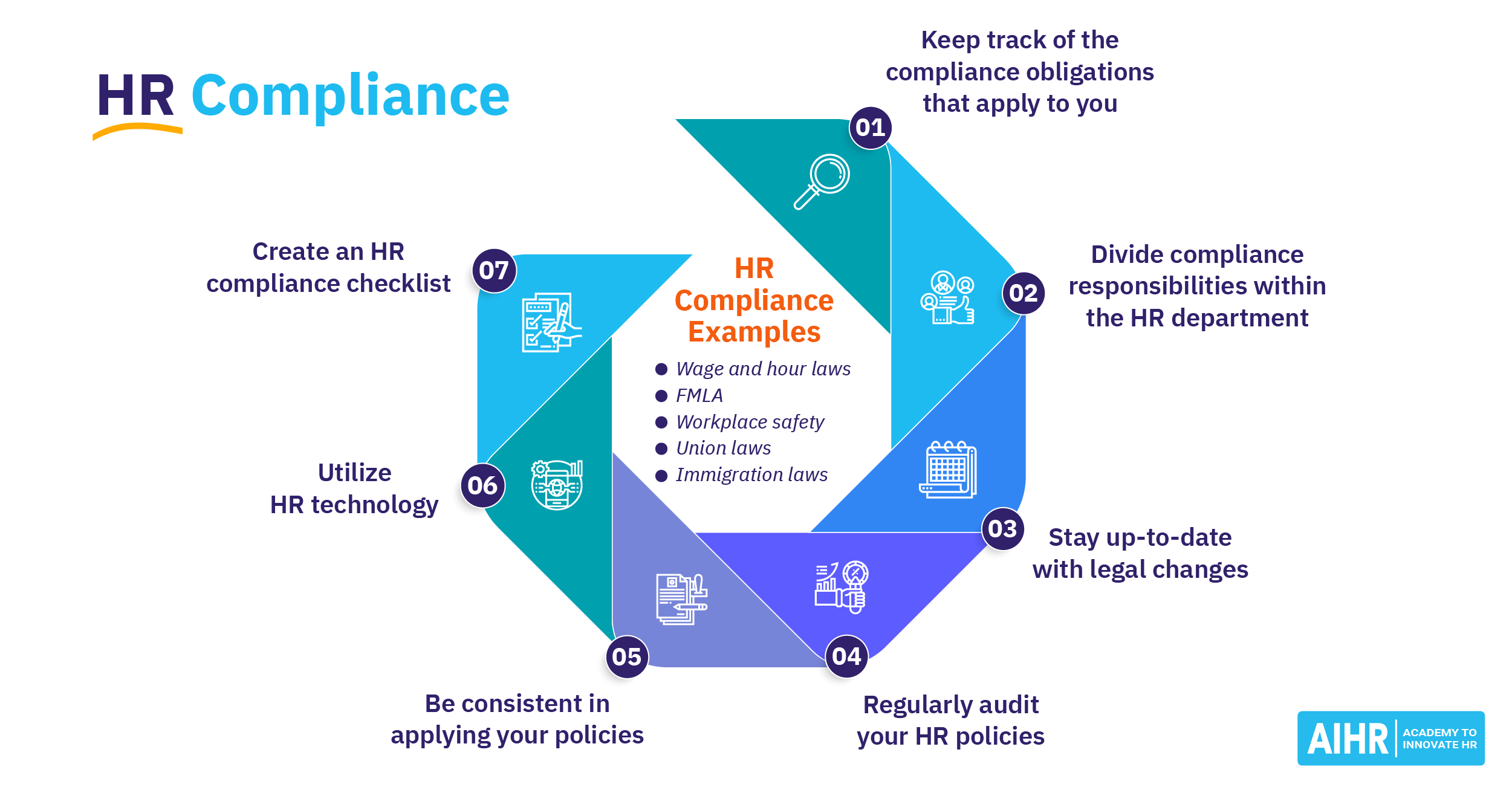Navigating the Global HR Maze: My ERP Journey to Compliance Peace
Let me tell you a story. It’s a story many HR professionals, especially those in fast-growing, international companies, will nod along to. It’s a tale of spreadsheets, late-night anxiety, and the constant fear of getting something – anything – wrong. This is my journey through the treacherous landscape of Global HR Compliance, and how I finally found my compass: an ERP system.
The Early Days: A Tangled Web of Regulations and Sleepless Nights
When I first stepped into a global HR role, I was buzzing with excitement. The idea of building diverse teams across continents, fostering international collaboration – it sounded like a dream. But that dream quickly morphed into a recurring nightmare.
Imagine this: You have employees in Berlin, Bangalore, Buenos Aires, and Boston. Each country has its own intricate web of labor laws, tax regulations, data privacy acts, and payroll requirements. Forget "one size fits all" – in global HR, it’s "one size fits none."
My days were a chaotic dance between different time zones, trying to keep track of:
- Varying Leave Policies: Is it 15 days of annual leave in Germany, 20 in India, or something else entirely in Argentina? What about public holidays? Maternity/paternity leave? Bereavement leave?
- Payroll Puzzles: Each country had different tax withholding rules, social security contributions, and benefit deductions. Manual calculations were a recipe for disaster. I remember one particularly stressful month where a tiny error led to an employee in France being underpaid, causing a ripple effect of frustration and extra work.
- Data Privacy Dread: GDPR in Europe, CCPA in California, LGPD in Brazil… the list went on. How do you ensure all employee data is collected, stored, and processed legally and ethically across such diverse regulatory landscapes? My head spun just thinking about the consent forms and data retention policies.
- Onboarding Headaches: Bringing a new employee onboard meant a stack of country-specific documents, background checks, and legal declarations. It was slow, error-prone, and definitely not the warm welcome we wanted to give.
- Staying Up-to-Date: Laws change. Constantly. A new amendment here, a revised regulation there. How could one person, or even a small team, possibly keep abreast of every single legal shift in every single country we operated in? It felt like trying to hit a moving target while blindfolded.
The consequences of non-compliance were terrifying: hefty fines, legal battles, reputational damage, and perhaps worst of all, a loss of trust from our employees. I felt like a human firewall, constantly patching holes, always on edge, and never quite sure if I’d missed something critical. My "inbox zero" dream was replaced by "compliance zero" fear.
The Lightbulb Moment: There Had to Be a Better Way
I was at my breaking point. My team was overworked, stressed, and spending more time on administrative tasks and compliance checks than on strategic initiatives like employee development or engagement. Our growth was being hampered by our inability to scale our HR operations compliantly.
During a particularly intense week, juggling a new hire in Japan, a payroll audit in the UK, and a data request from an employee in Australia, I had an epiphany. I was drowning in a sea of manual processes, disparate systems, and outdated information. There had to be a better way.
That’s when I started hearing whispers about ERP systems – Enterprise Resource Planning. Honestly, the term sounded daunting, like something only massive corporations with endless budgets could even consider. But as I dug deeper, I realized that an ERP system, specifically one with robust HR functionalities, could be the lifeline I desperately needed.
How ERP Became My Compliance Superhero
The transition wasn’t immediate, and it wasn’t without its challenges. But implementing a global ERP system for HR was, quite simply, a game-changer. It transformed our compliance strategy from a reactive, fear-driven exercise into a proactive, confident operation.
Here’s how ERP became my ultimate compliance superhero:
-
A Single Source of Truth for Employee Data:
Before ERP, employee data was scattered across spreadsheets, local HR systems, and paper files. With ERP, all employee information – from personal details and contracts to performance reviews and leave requests – resided in one centralized, secure database. This meant no more conflicting versions of employee records. It was beautiful. -
Automated Compliance Checks and Workflows:

